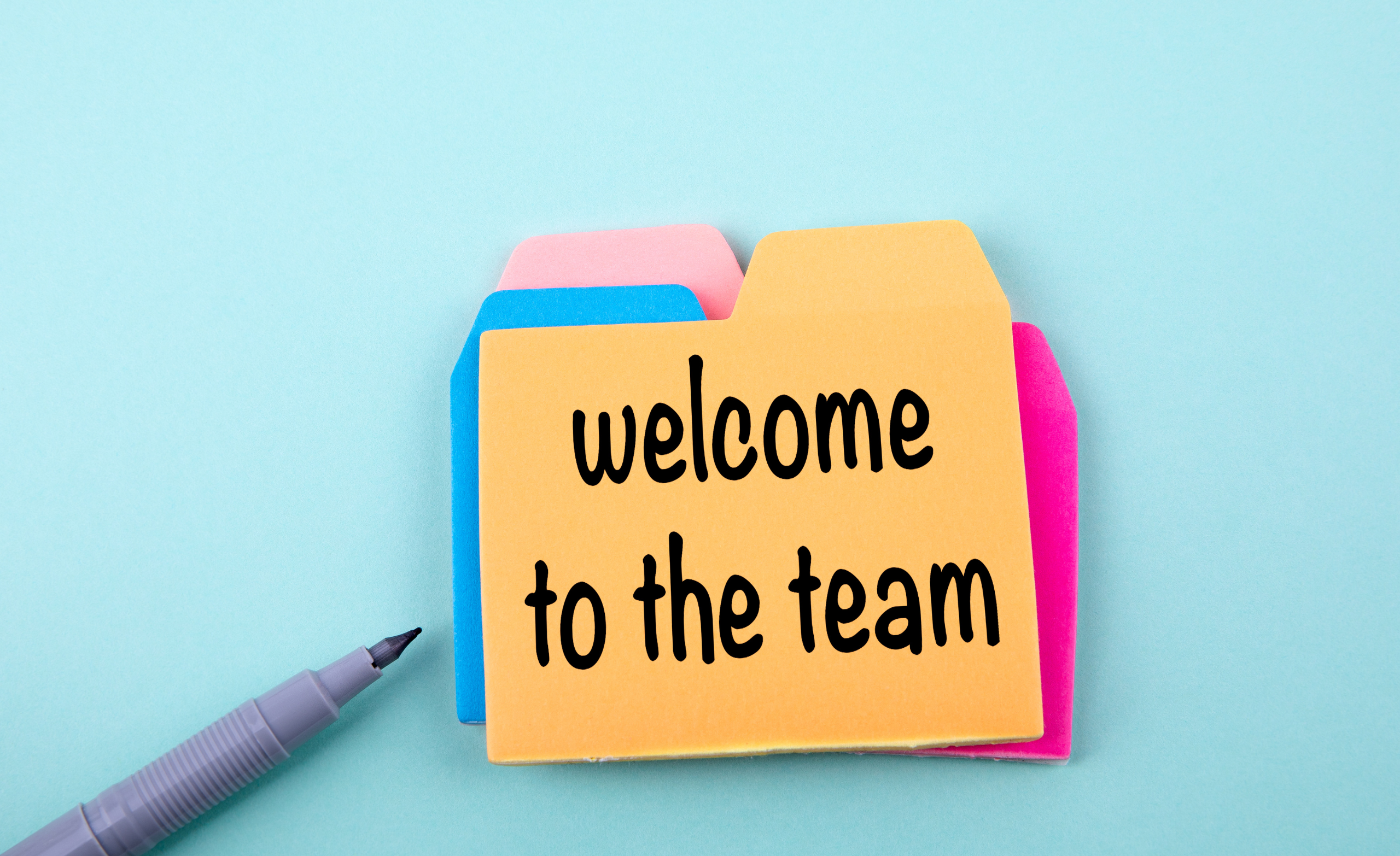You worked hard to attract and hire the right candidate—but if your onboarding process is rushed, disorganized, or hands-off, you risk losing them before they even hit their stride.
According to a 2023 report by BambooHR, 31% of employees have left a job within the first six months, and 68% of those cited poor onboarding as a key reason. That means onboarding isn’t just a nice-to-have—it’s a critical retention tool.
So how do you design an onboarding experience that keeps new hires engaged, supported, and set up for long-term success? Here’s what the research—and real employers—say works.
1. Start Before Day One: Preboarding Matters
Onboarding should begin before your new hire walks through the (virtual or physical) door. Preboarding helps reduce first-day anxiety and makes employees feel welcomed and informed from the jump.
Examples:
- Send a welcome email with what to expect, who they’ll meet, and a rough schedule.
- Include helpful links: employee handbook, parking info, dress code, org chart, etc.
- Mail a small welcome kit—branded swag or a handwritten note from the team.
According to Gallup, only 12% of employees say their company does a great job of onboarding. A smooth preboarding phase sets the tone that your team is intentional and organized.
2. Make Day One (and Week One) Personal and Purposeful
The first week sets the emotional tone for how connected and supported a new hire feels. Don’t overload them with paperwork and policies—create space for real connection.
Best Practices:
- Assign a buddy or onboarding mentor to guide them through the first few weeks.
- Schedule 1:1s with key team members, not just their direct manager.
- Share company values and how their role contributes to broader goals.
A 2022 LinkedIn report found that employees who had a meaningful onboarding experience were 69% more likely to stay with the company for at least three years.
3. Clarify Expectations Early (and Revisit Often)
One of the fastest ways to lose new hires is through ambiguity. People want to know what success looks like in their role—and how to achieve it.
Tactics to try:
- Review short- and long-term goals in the first week.
- Share a 30-60-90 day roadmap.
- Encourage early feedback loops—ask “What’s unclear?” and “How can we support you?”
Harvard Business Review emphasizes that role clarity is one of the top drivers of employee engagement and retention.
4. Build Culture Into Onboarding
New employees are often unsure of how informal culture works: how meetings run, how decisions are made, or even what to wear. Help demystify it.
Ways to do this:
- Invite new hires to cross-functional meetings and informal team events.
- Share Slack norms, communication expectations, and insider tips.
- Create a quick “Day in the Life” video or guide from someone on their team.
Research from the Society for Human Resource Management (SHRM) shows that cultural integration during onboarding improves retention and productivity.
5. Extend Onboarding Beyond 30 Days
Many companies treat onboarding as a one-week sprint—but the best ones treat it as a 90-day (or more) experience.
What to include:
- Monthly check-ins with HR or a People Ops lead.
- A 60-day self-assessment with space for questions and roadblocks.
- A formal 90-day review focused on growth, not just performance.
A study from Glassdoor found that strong onboarding programs can improve new hire retention by 82% and productivity by over 70%.
6. Collect Feedback—and Act on It
Make it a two-way conversation. Asking new hires about their onboarding experience not only surfaces blind spots but also shows you care about continuous improvement.
Ask questions like:
- What was most helpful during your onboarding?
- What felt confusing or missing?
- How could this experience be better for the next new hire?
Then take that input seriously. Iterating your onboarding process shows that you value employee experience—and that you’re listening.
Final Thoughts
A strong onboarding experience isn’t about flashy swag or corporate jargon. It’s about helping new employees feel seen, supported, and set up to succeed.
When done well, onboarding becomes your first—and most powerful—retention strategy. The result? More engaged employees, faster productivity, and lower turnover.
Want to attract and retain top talent from day one?
Join one of TalentAlly’s upcoming career fairs to connect with candidates who are ready to make an impact.
